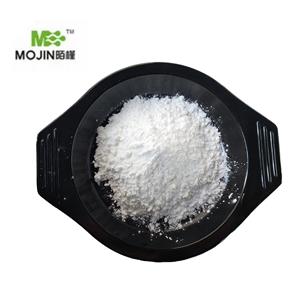
Polyethylene NEW
| Price | Get Latest Price |
| Package | 25KG |
| Min. Order: | 1KG |
| Supply Ability: | 50000KG/month |
| Update Time: | 2025-07-07 |
Product Details
| Product Name: Polyethylene | CAS No.: 9002-88-4 |
| EC-No.: 618-339-3 | Min. Order: 1KG |
| Purity: 99% | Supply Ability: 50000KG/month |
| Release date: 2025/07/07 |
| CAS: | 9002-88-4 |
| MF: | (C2H4)n |
| MW: | 28.05316 |
| EINECS: | 618-339-3 |
| Product Categories: | Industrial Raw MaterialsCertified Reference Materials (CRMs);IRMM/BCR Certified Reference Materials;EnvironmentalCertified Reference Materials (CRMs);Non-metalsAlphabetic;POLB - POLY;Reference/Calibration Standards;Application CRMs;Certified Reference Materials (CRMs);Industrial Raw Materials;Industrial Raw MaterialsApplication CRMs;Matrix CRMs;Non-metalsCertified Reference Materials (CRMs);Polymer Standards;Hydrophobic Polymers;Polymers;Ethylene;Hydrophobic Polymers;Olefins;Alphabetic;Organic Soluble Polymers;P;POLB - POLYPolymer Standards;Polyethylene;Materials Science;Polymer Science |
| Mol File: | 9002-88-4.mol |
 | |
| Polyethylene Chemical Properties |
| Melting point | 92 °C |
| Boiling point | 48-110 °C(Press: 9 Torr) |
| density | 0.962 g/mL at 25 °C |
| Fp | 270 °C |
| storage temp. | -20°C |
| form | powder |
| Specific Gravity | 0.95 |
| color | White |
| Water Solubility | Soluble in acetone and benzene. Insoluble in water. |
| Merck | 14,7567 |
| Stability: | Stable, but breaks down slowly in uv light or sunlight. Incompatible with halogens, strong oxidizing agents, benzene, petroleum ether, aromatic and chlorinated hydrocarbons, lubricating oils. |
| NIST Chemistry Reference | Polyethylene(9002-88-4) |
| IARC | 3 (Vol. 19, Sup 7) 1987 |
| EPA Substance Registry System | Polyethylene (9002-88-4) |
| Polyethylene Usage And Synthesis |
| Chemical Properties | Chemical and physical properties are markedly affected by increasing density, which is affected by the shape and spacing of the molecular chain. Low-density materials have highly branched and widely spaced chains, whereas high-density materials have comparatively straight and closely aligned chains. Low-density polyethylene (0.926–0.9409 g/cm3) is soluble in organic solvents at temperatures higher than 200°F. It is insoluble at room temperature. High-density polyethylene (0.041–0.965 g/cm3) is hydrophobic, permeable to gas, and has high electrical resistivity. Low molecular weight polyethylenes have excellent electrical resistance and resistance to water and to most chemicals. Medium molecular weight polymers are waxes miscible with paraffin wax, and polyethylene polymers whose molecular weights are higher than 10,000 are the familiar tough and strong resins that are flexible or stiff. By varying the catalyst and methods of polymerization, properties such as density, crystallinity, molecular weight, and polydispersity can be regulated over wide ranges. Polymers with densities ranging from approximately 0.910 to 0.925 g/cm3 are low-density polyethylenes; those with densities ranging from 0.926 to 0.940 g/cm3 are medium-density polyethylenes; and those with densities ranging from 0.941 to 0.965 g/cm3 and higher are high-density polyethylenes.
|
| Uses | Polyethylene is used in the development of plastics. |
| Definition | Polyethylene is a flexible waxy translucentpolyalkene thermoplastic made in avariety of ways producing a polymerof varying characteristics. In the ICIprocess, ethene containing a trace of oxygen is subjected to a pressure inexcess of 1500 atmospheres and atemperature of 200°C. Low-densitypolyethene (r.d. 0.92) has a formulaweight between 50 000 and 300 000,softening at a temperature around110°C, while the high-density polythene(r.d. 0.945–0.96) has a formulaweight up to 3 000 000, softeningaround 130°C. The low-density polymeris less crystalline, being more atactic.Polyethene is used as aninsulator; it is acid resistant and iseasily moulded and blown. |
| Uses | Polyethylene (PE) is a thermoplastic polymer consisting of long hydrocarbon chains. PE is used in a number of applications including flexible film packaging produced by the blown film process. Polyethylene is used to regulate viscosity, suspension properties, and general stability in cosmetic formulations. Typical applications included specialty injection molded parts, in these fields Polyethylene has a wide range of uses: Injection and blow molded toys, housewares and lids. Injection molded car seats, mower parts and pails. Injection molded, thin-walled containers and housewares. Hot melt coating for paper, additive in cast moldings, candles, oil-based inks and hot melt adhesives. Additive to unsaturated polyesters, epoxides and other polymers to impart the unique properties of UHMWPE. Used in industrial parts, coatings and wear surfaces at 10-40 wt. %. Film applications having good drawdown and toughness. Mold release additive, lubricant in rubber processing, extrusion and calendering aid for PVC and dispersing aid for color concentrates. Bearings, gears, bushings and other moving parts. Laboratory tubing; in making prostheses; electrical insulation; packaging materials; kitchenware; tank and pipe linings; paper coatings; textile stiffeners. polyethylene is used to regulate viscosity, suspension properties, and general stability in cosmetic formulations. It is derived from petroleum gas or dehydration of alcohol.
|
| Industrial uses | Polyethylene thermoplastic resins include lowdensity polyethylenes (LDPE), linear low-density polyethylenes (LLDPE), high-density polyethylenes (HDPE), and ethylene copolymers, such as ethylene-vinyl acetate (EVA) and ethylene- ethyl acrylate (EEA), and ultrahighmolecular- weight polyethylenes (UHMWPE). The basic properties of polyethylenes can be modified with a broad range of fillers, reinforcements, and chemical modifiers, such as thermal stabilizers, colorants, flame retardants, and blowing agents. Major application areas for polyethylenes are packaging, industrial containers, automotive, materials handling, consumer products, medical products, wire and cable insulation, furniture, housewares, toys, and novelties. |
Packing &shipping&Payment
Shipping:by sea or by air
Payment:T/T,western union,moneygram
Packaging Details drum
Port:Tianjin
Lead Time :
| Quantity(Kilograms) | 1 - 10000 | >10000 |
| Est. Time(days) | 5 | To be negotiated |
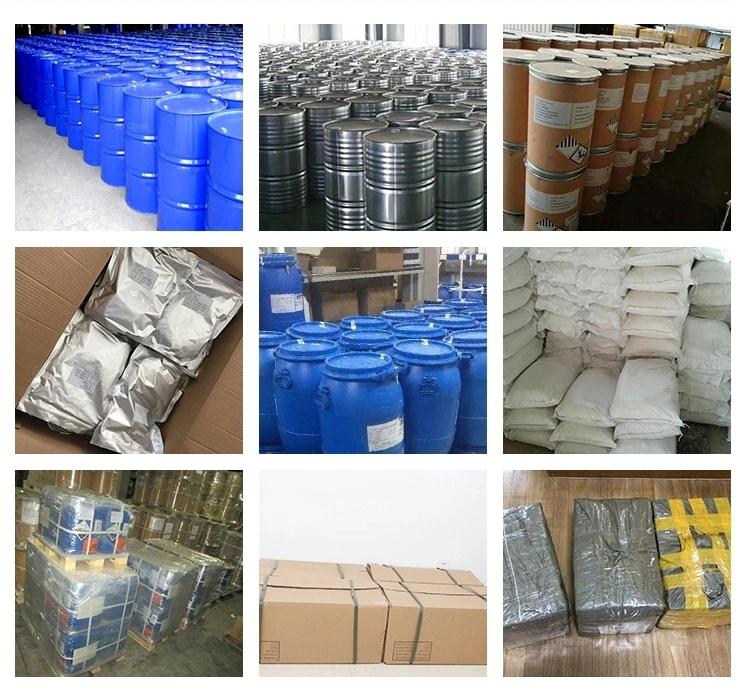
 Company information
Company information
Hebei Mojin Biotechnology Co., Ltd, Our company is a professional in 4'-Methylacetophenone,Levamisole hydrochloride ,N-Methylformamide and other chemical reagents research and development production enterprises. Our business covers more than 30 countries, most of the big customers come from Europe, America and other countries in the world, we can guarantee the quality and price. In recent decades, with the efforts of all employees, we have established many cooperative companies in shandong, henan, guangdong and other places. Our corporate purpose is based on the market, enhance the strength, take the road of scientific and environmental sustainable development, relying on the country. Technology r & d center, increase the investment in r & d, based on the domestic market, expand the international market, manufacturing quality products, sincere service to the society, into a modern, ecological, scientific and technological enterprise world.
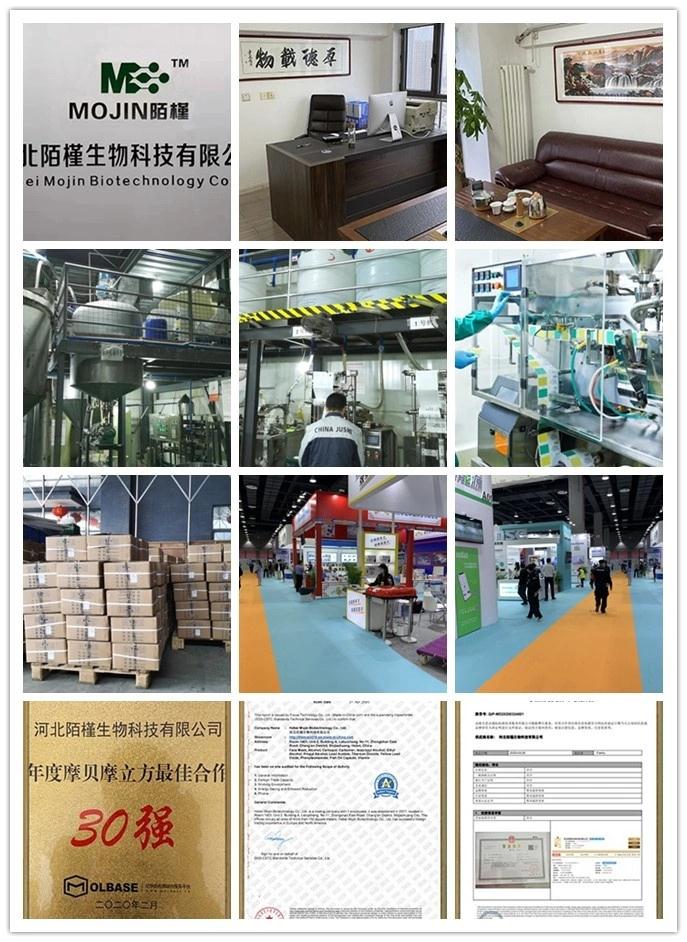 Advantage
Advantage
In stock
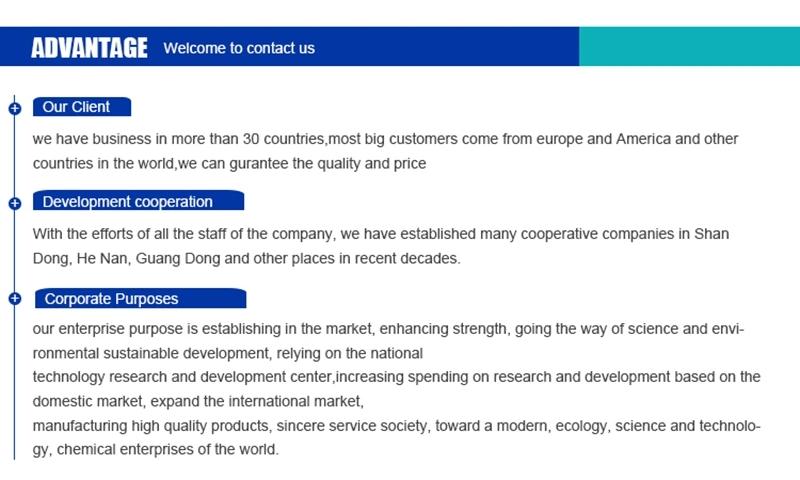
Company Profile Introduction
You may like
Recommended supplier
| Product name | Price | Suppliers | Update time | |
|---|---|---|---|---|
| $/ |
VIP5Y
|
RongNa Biotechnology Co.,Ltd
|
2025-04-29 | |
| $0.00/1KG |
VIP3Y
|
Hebei Chuanghai Biotechnology Co., Ltd
|
2024-10-31 | |
| $1.00/1KG |
VIP7Y
|
Hebei Chuanghai Biotechnology Co., Ltd
|
2024-10-30 | |
| $6.00/1kg |
VIP1Y
|
HebeiShuoshengImportandExportco.,Ltd
|
2024-08-07 | |
| $6.00/1KG |
Hebei Saisier Technology Co., LTD
|
2024-06-07 | ||
| $6.00/1KG |
Hebei Longbang Technology Co., Ltd
|
2024-06-05 | ||
| $75.00/1kg |
Hebei Zhuanglai Chemical Trading Co.,Ltd
|
2024-05-30 | ||
| $0.00/1kg |
VIP3Y
|
Hebei Kingfiner Technology Development Co.Ltd
|
2023-11-23 | |
| $100.00/1bag |
Hebei Fengqiang Trading Co., LTD
|
2023-09-14 | ||
| $10.00/1kg |
Henan Bao Enluo International TradeCo.,LTD
|
2023-07-07 |
- Since: 2017-12-08
- Address: 1013, Building B, CR Wanda Plaza, Qiaoxi District, Shijiazhuang City, Hebei Province, China
+86-13288715578
sales@hbmojin.com



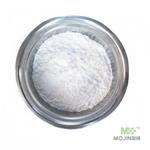
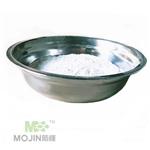
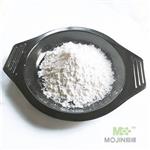
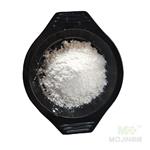
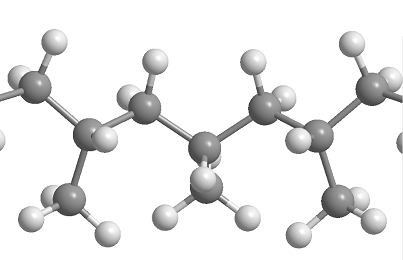
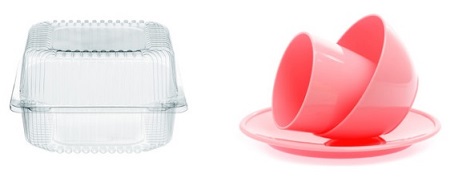
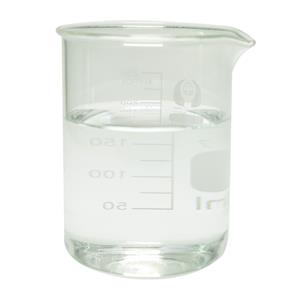
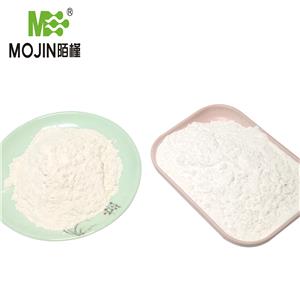
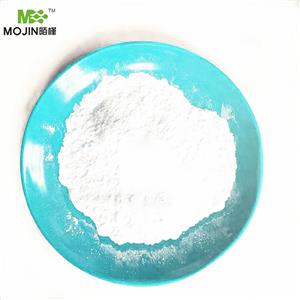
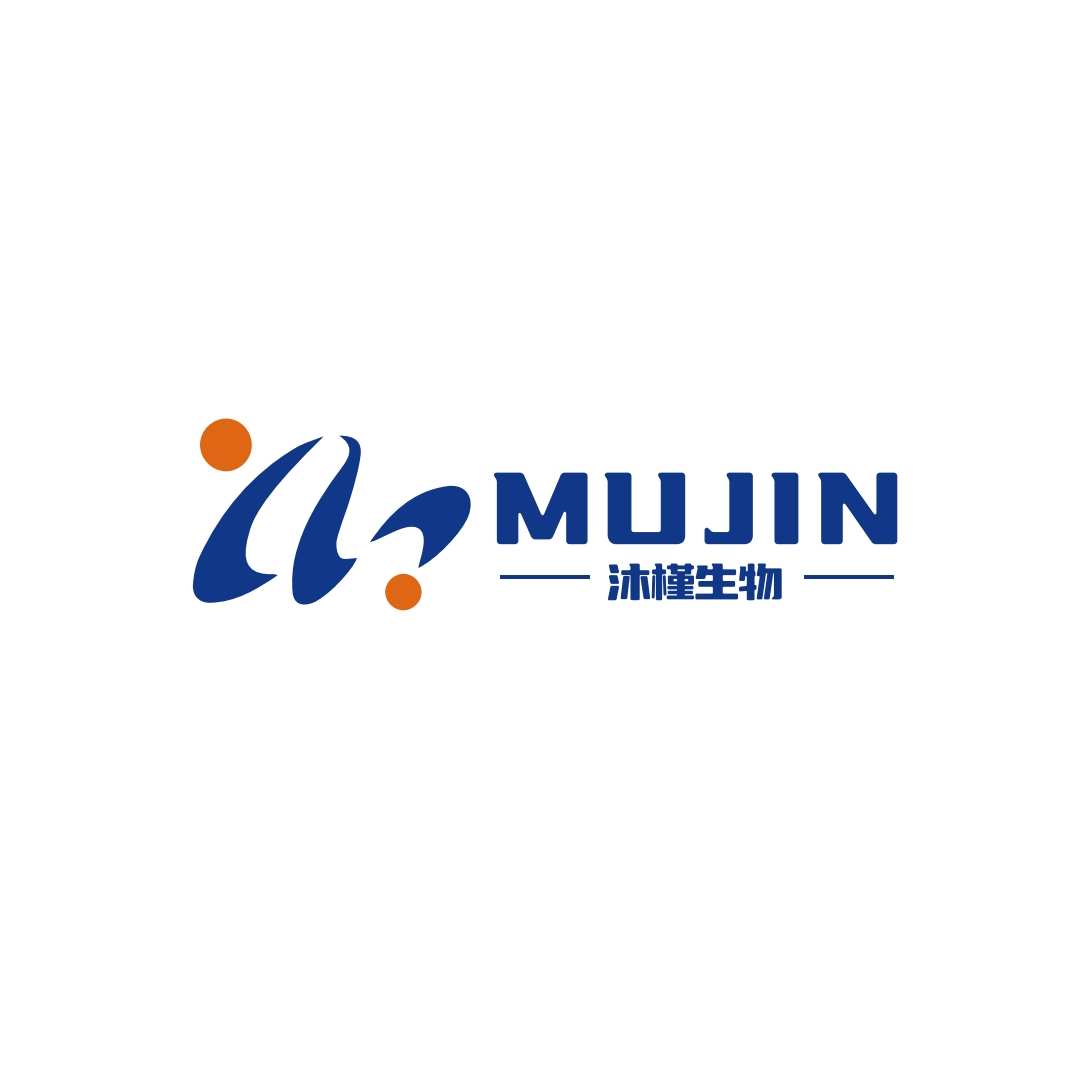
 Japan
Japan